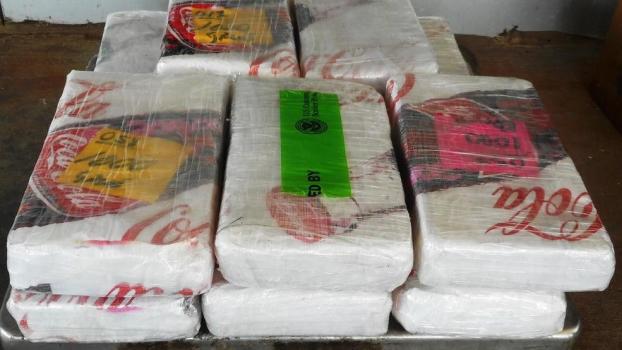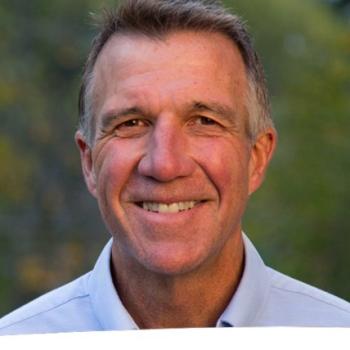
Three Philippine police are jailed for murder, marking a first in Rodrigo Duterte's bloody drug war. (Creative Commons)
Chronicle AM: Supreme Court Hears IN Seizure Case, Filipino Cops Jailed for Drug War Crimes, More... (11/29/18)
The Supreme Court heard oral arguments in an Indiana asset forfeiture case, outgoing marijuana reform roadblock Rep. Pete Sessions (R-TX) has done it again, a North Carolina "decrim" bill gets filed, and more.






